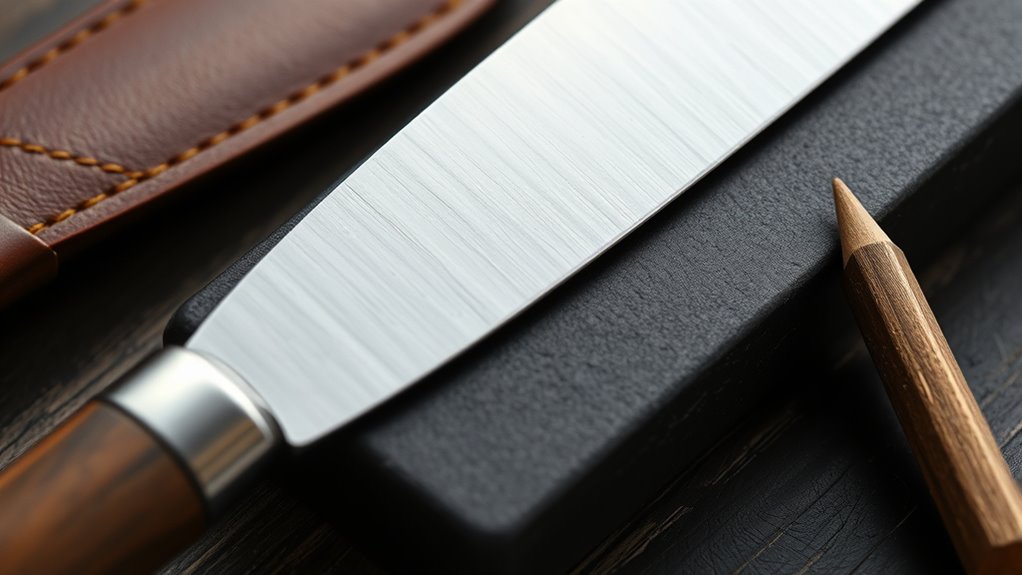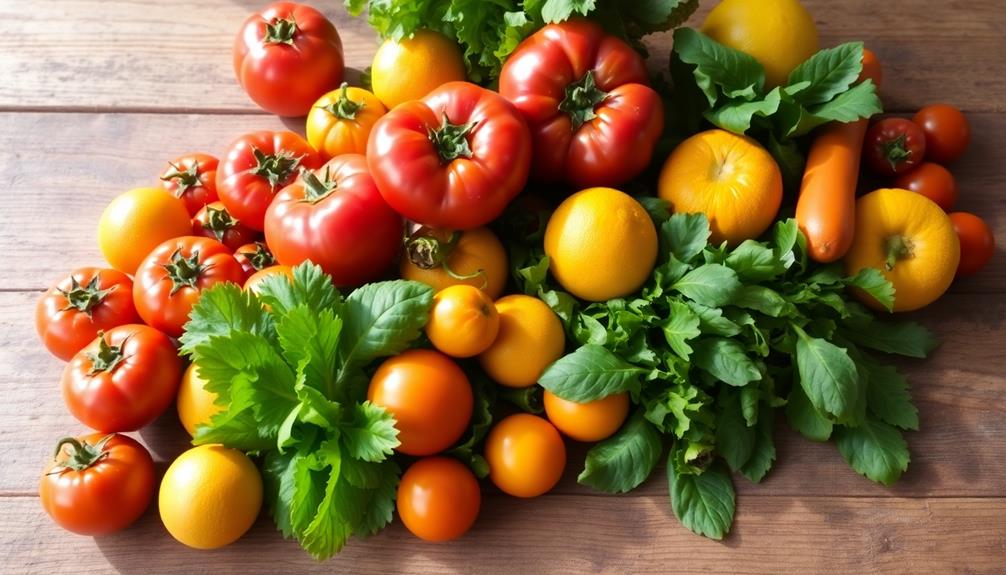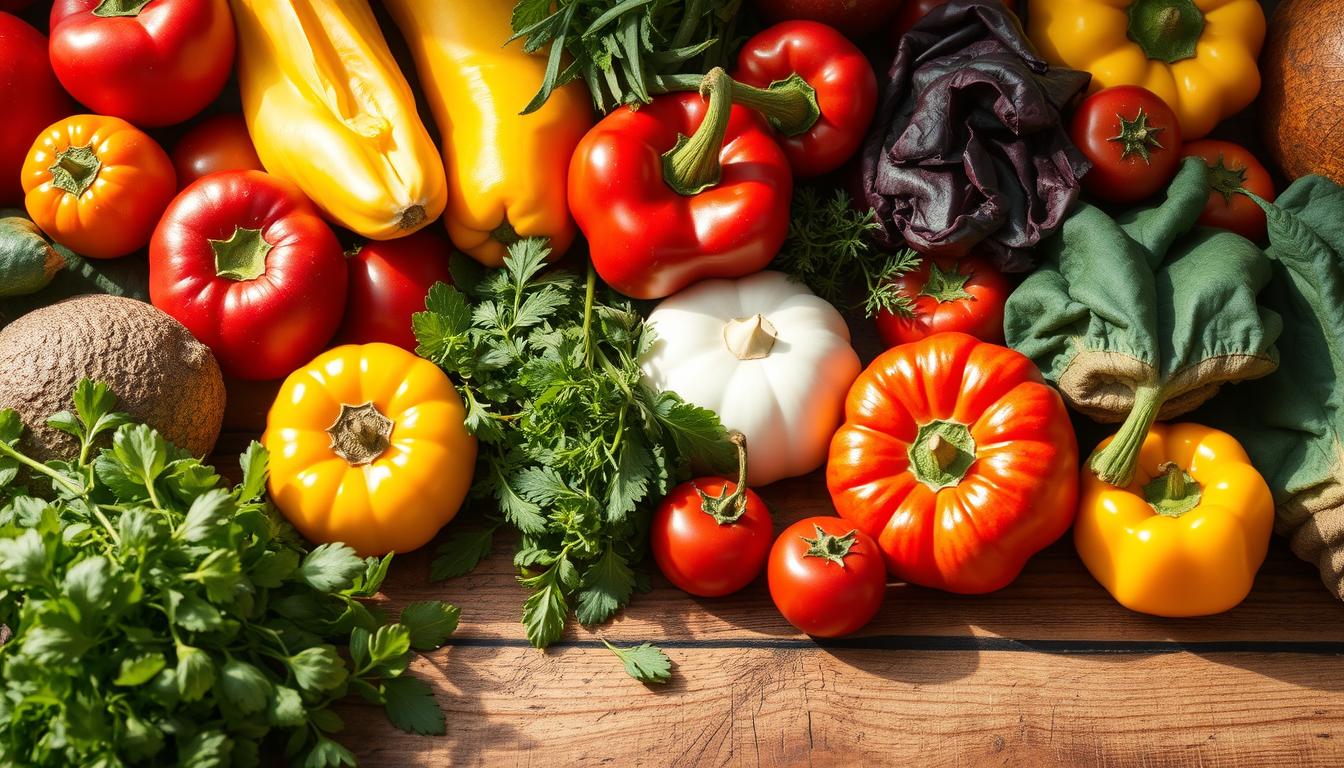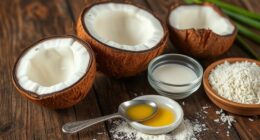If your knife feels dull, you’re likely applying extra force, which increases the risk of slips and cuts while chopping or slicing. Dull blades also make prep slower and more frustrating. To fix this, you can hone the edge regularly to realign it or sharpen to remove dull metal and restore sharpness. Stropping polishes the edge for smoother cuts. Keep your knives well-maintained—understand how these techniques work to keep your blades sharp and safe.
Key Takeaways
- Dull knives require more force to cut, increasing safety risks like slips and cuts.
- Honing realigns the microscopic edge to maintain sharpness without removing metal.
- Sharpening actually removes material to create a new, razor-sharp edge.
- Stropping polishes the edge, smoothing microscopic burrs for improved cutting performance.
- Regular maintenance with honing, sharpening, and stropping keeps knives safe and efficient.

Have you ever struggled to cut through vegetables or meat, wondering why your knife no longer slices smoothly? The culprit is often dullness, which can make even simple tasks frustrating and potentially dangerous. Dull knives require more force, increasing the risk of slips and cuts. To keep your kitchen safe and efficient, understanding how to properly sharpen, hone, and strop your knives is essential. Regular maintenance not only improves performance but also extends the lifespan of your blades.
First, it’s crucial to recognize the importance of safety precautions when handling knives. Always cut away from your body and keep your fingers clear of the blade’s path. Use a stable cutting surface to prevent slips, and consider wearing cut-resistant gloves if you’re new to sharpening or honing. When cleaning your knives, avoid putting them in a dishwasher where they can get jostled or damaged. Instead, wash them by hand with warm, soapy water and dry immediately to prevent rust. Proper storage—either in a knife block or on a magnetic strip—keeps blades protected and reduces dulling caused by contact with other utensils.
Maintenance tips for keeping your knives sharp start with regular honing. Honing aligns the microscopic edge of the blade, restoring its straightness without removing metal. Use a honing rod, gripping it firmly, and draw the blade down at a consistent angle, usually around 15-20 degrees, on each side. This simple routine can be done weekly and dramatically improves cutting performance. When honing no longer makes a noticeable difference, it’s time to sharpen. Sharpening involves removing material from the blade to create a new, sharp edge. You can do this with a whetstone, sharpening system, or professional service. Always follow the manufacturer’s instructions for angle and pressure to avoid damaging your knife.
Stropping is the final step that fine-tunes the edge, polishing it for smoother cuts. It involves dragging the blade along a leather strop or a soft, abrasive surface at the correct angle. This process realigns the edge and removes microscopic burrs that sharpening and honing might leave behind. Incorporate stropping into your routine after sharpening or honing to maintain a razor-sharp edge longer.
Frequently Asked Questions
How Often Should I Sharpen My Kitchen Knife?
You should sharpen your kitchen knife every few months, depending on how often you cook and the knife’s usage. Regular knife maintenance involves honing more frequently to keep the edge aligned, but sharpening is needed when the blade becomes dull or chips. Monitoring your knife’s performance helps determine sharpening frequency, ensuring you maintain a sharp, safe, and efficient cutting edge. Proper maintenance extends your knife’s lifespan and improves your cooking experience.
What Is the Difference Between Sharpening and Honing?
Sharpening and honing both improve your knife’s performance but serve different purposes. Sharpening involves metal removal to restore a dull edge, creating a new, sharper bevel. Honing, on the other hand, aligns the existing edge through realignment, maintaining sharpness without removing much metal. Think of sharpening as fixing the blade’s condition and honing as fine-tuning its edge alignment for smoother cuts.
Can I Sharpen a Serrated Knife at Home?
Imagine trying to cut bread with a dull serrated blade—it’s frustrating! You can sharpen a serrated knife at home, but it requires special tools like a serrated knife sharpener or a ceramic rod. For effective serrated blade maintenance, use home sharpening techniques designed for serrated edges, as regular sharpeners won’t work. Carefully follow instructions to avoid damaging the blade, and you’ll restore its slicing power without professional help.
What Tools Are Best for Manual Knife Sharpening?
When choosing tools for manual knife sharpening, you’ll want to evaluate ceramic sharpening tools for precision and ease. While electric sharpeners are faster and more automated, manual options give you more control. Ceramic tools are gentle yet effective for honing edges. If you prefer a hands-on approach, a sharpening stone or ceramic rod will serve you well, helping you maintain a sharp, balanced knife with less risk of over-sharpening.
How Do I Know When My Knife Needs Sharpening?
Imagine chopping vegetables and noticing the knife slips or squashes your produce instead of slicing cleanly. That’s a sign your blade geometry has changed, and your knife isn’t maintaining its edge retention. When your cuts require more effort or your knife feels dull despite sharpening, it’s time to sharpen. Regularly checking for these signs guarantees your knife stays sharp and effective, preventing unnecessary strain and improving your cooking experience.
Conclusion
If your kitchen knife isn’t sharp, it’s basically useless—like trying to carve through steel with a butter knife. Sharpening, honing, and stropping aren’t just chores; they’re your secret weapons against the chaos of dull blades. A dull knife can turn cooking into a dangerous, frustrating nightmare, but with the right techniques, you’ll transform your kitchen into a precision cutting paradise. Don’t let dullness win—arm yourself with the power of a razor-sharp edge!









